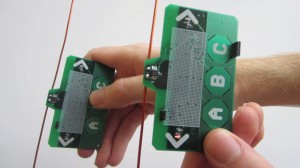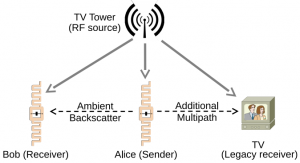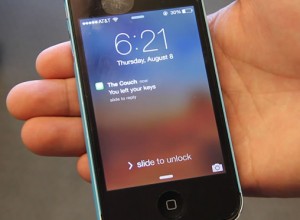





The results of the research were published last week at the Association for Computing Machinery’s Special Interest Group on Data Communication 2013 conference in Hong Kong and received the conference’s best-paper award for their efforts.
 Laptop & Tablet Parts
Laptop & Tablet Parts










| 20 years in business over 2 million Dell parts sold |
|
|




































|
||||||||||||||||||||||||||||||||||||
